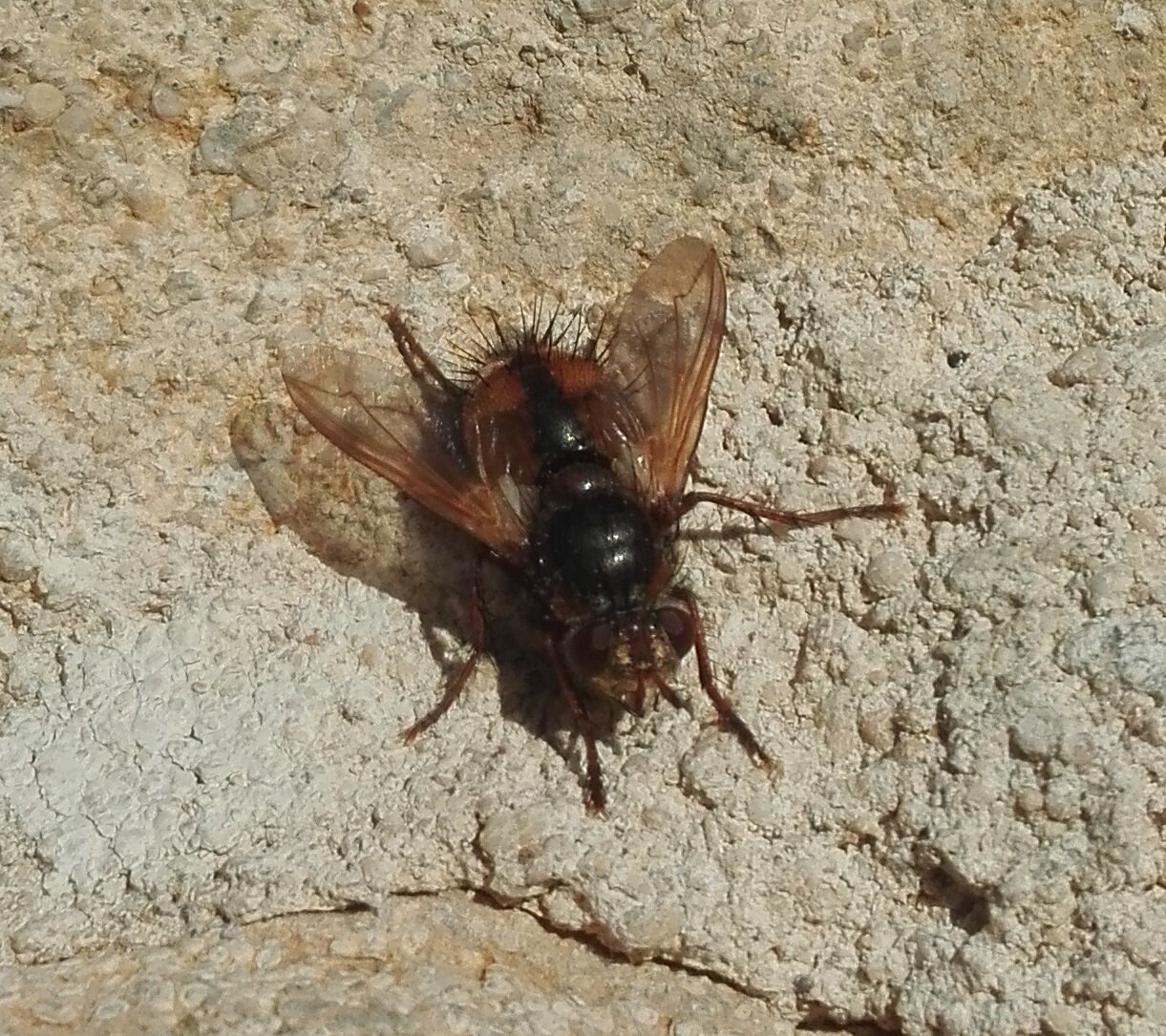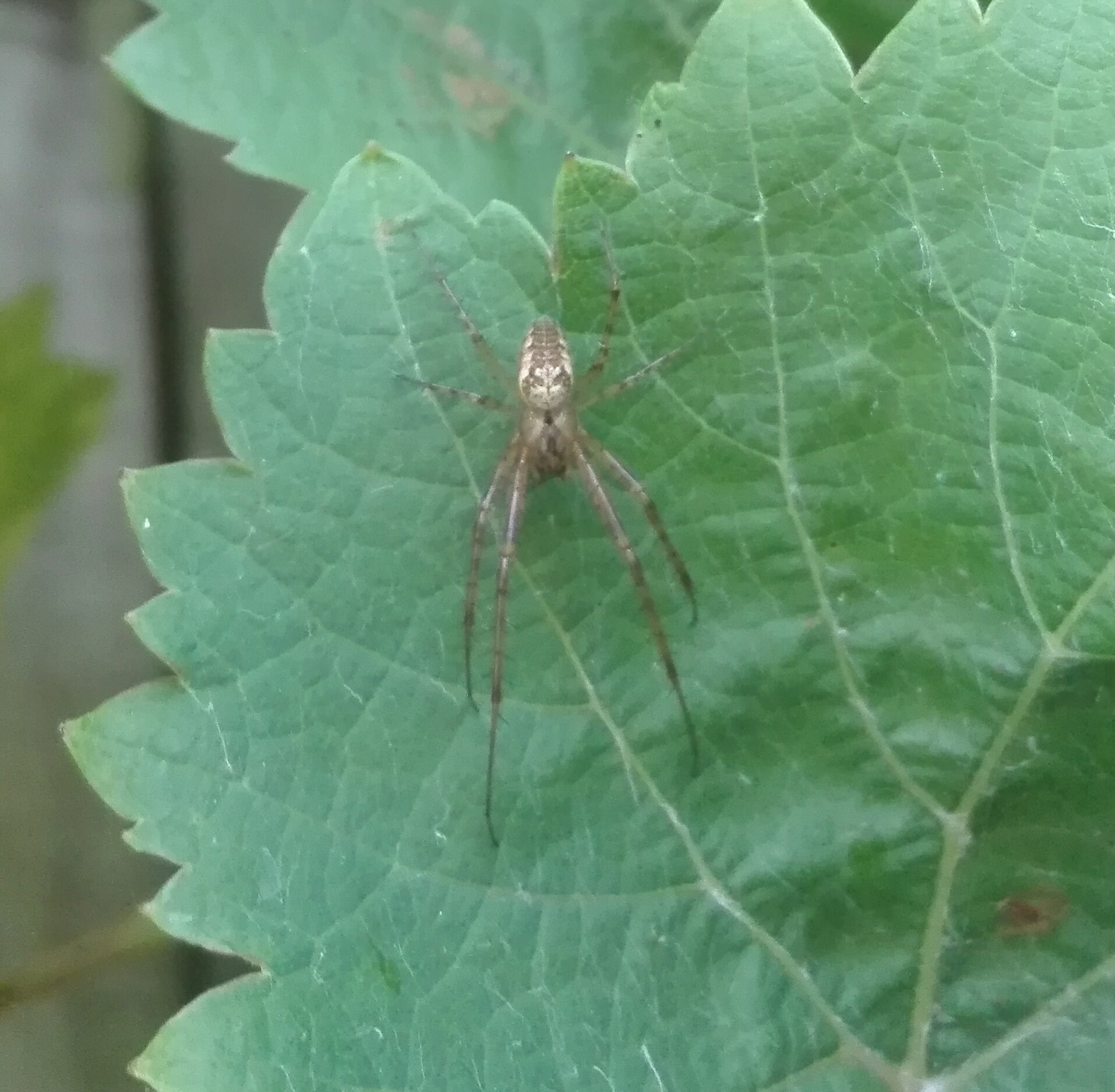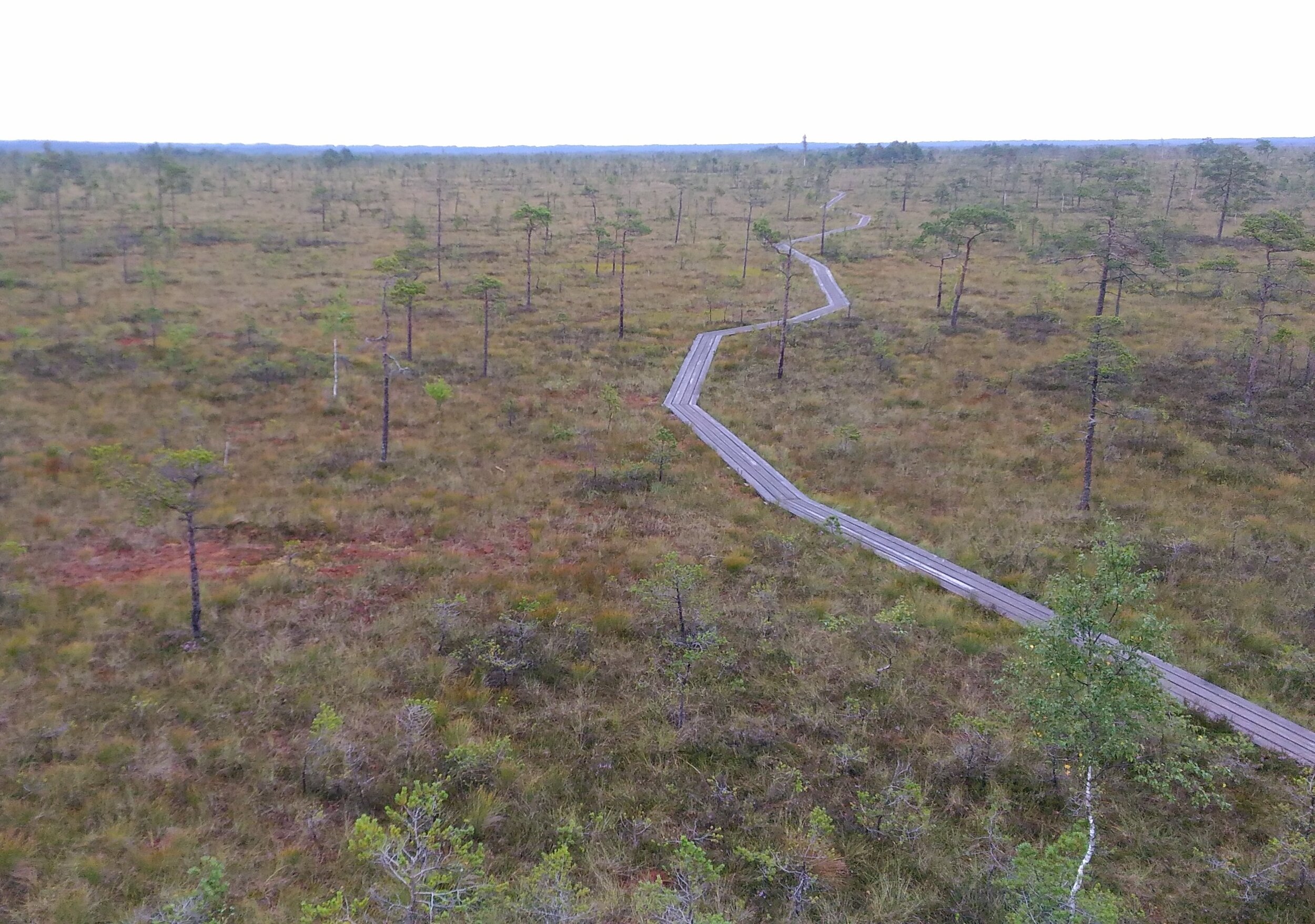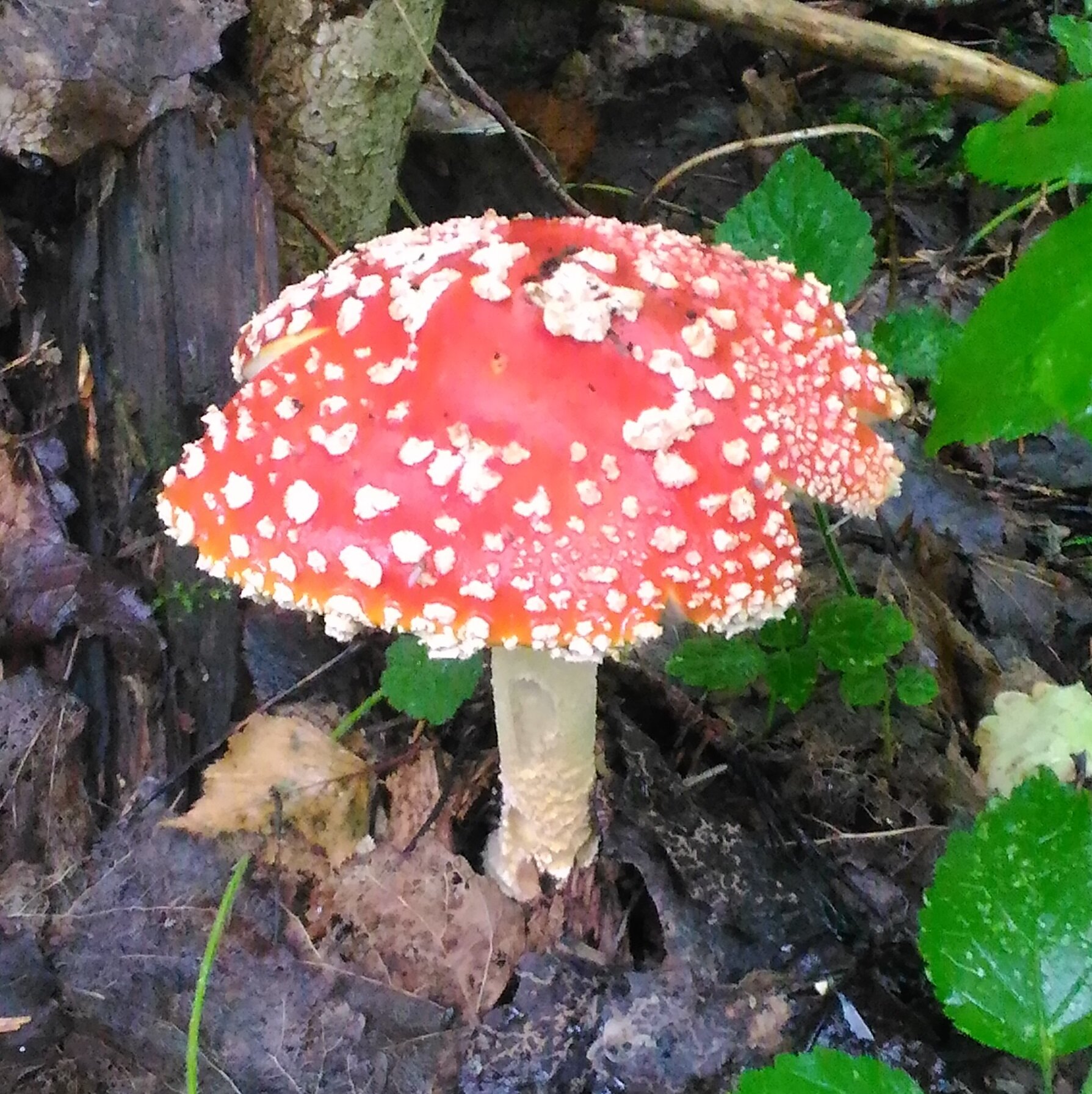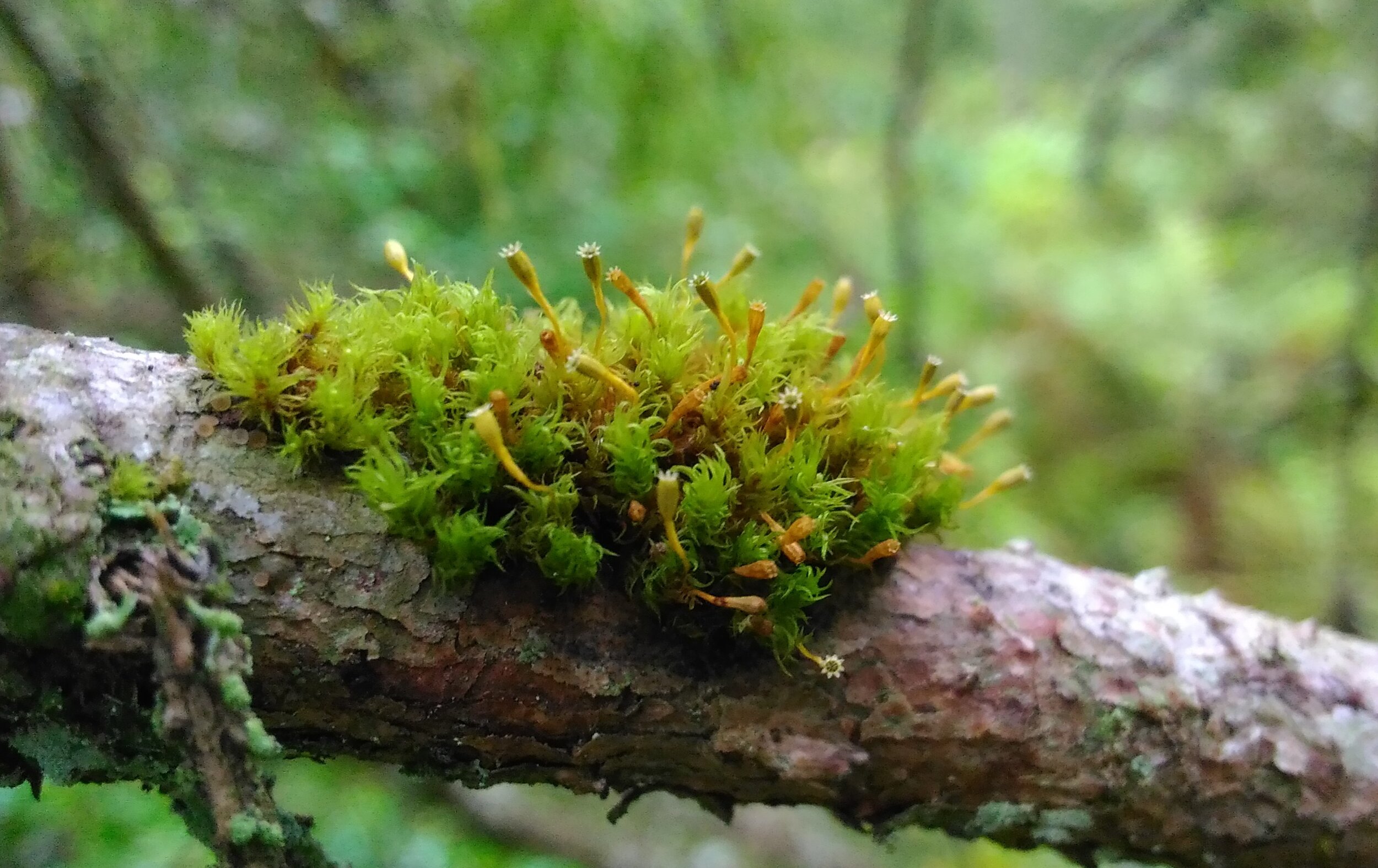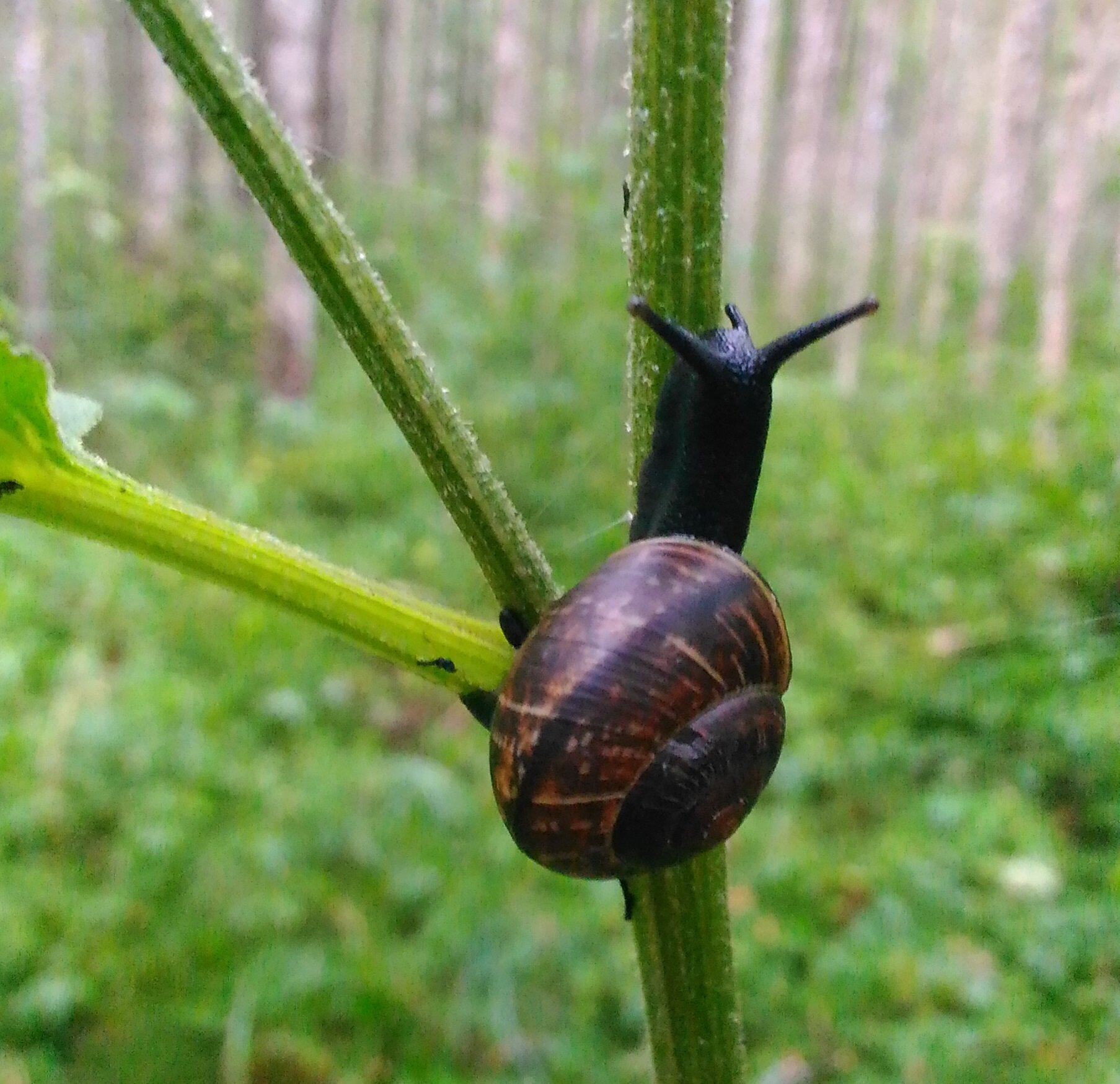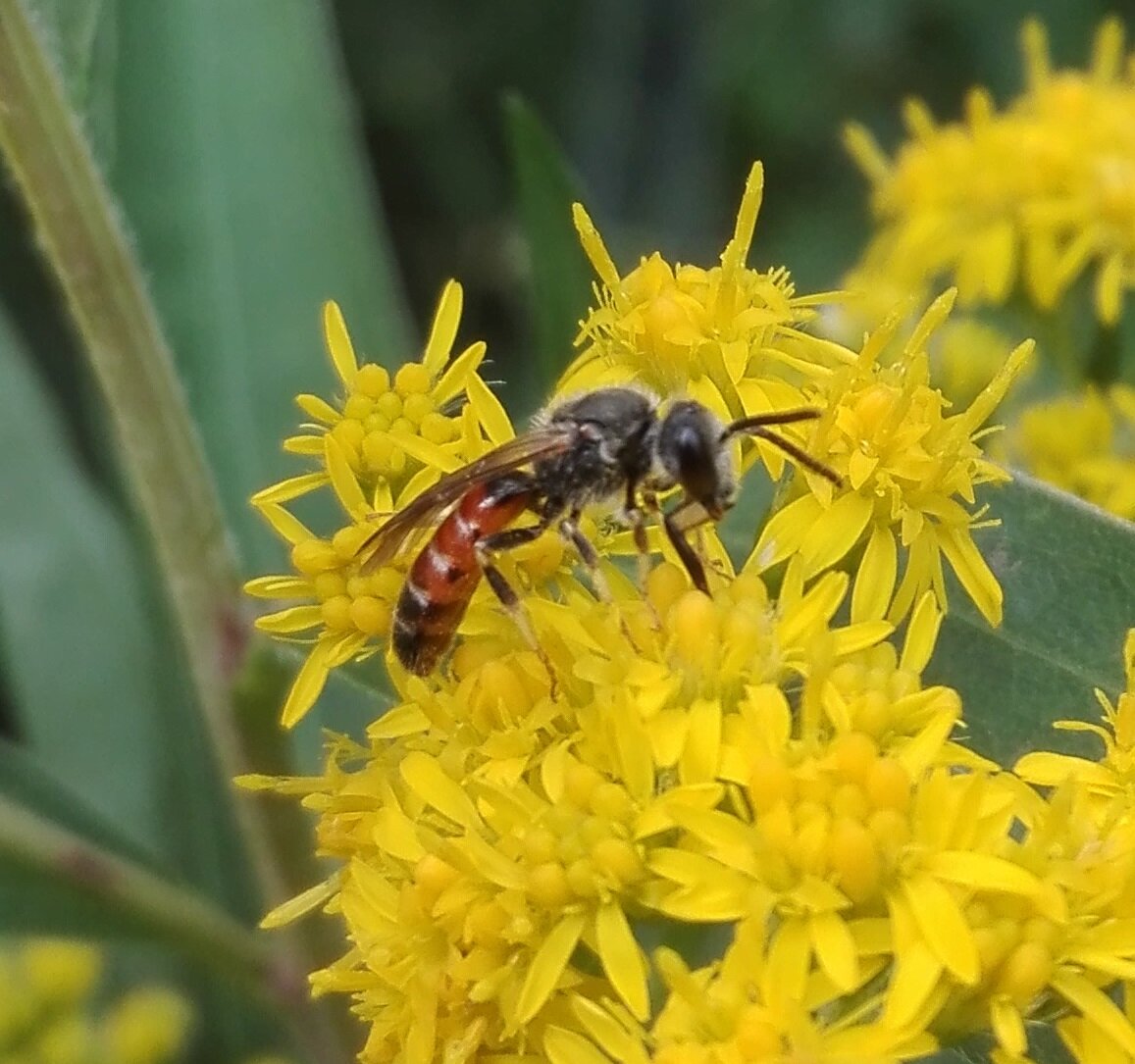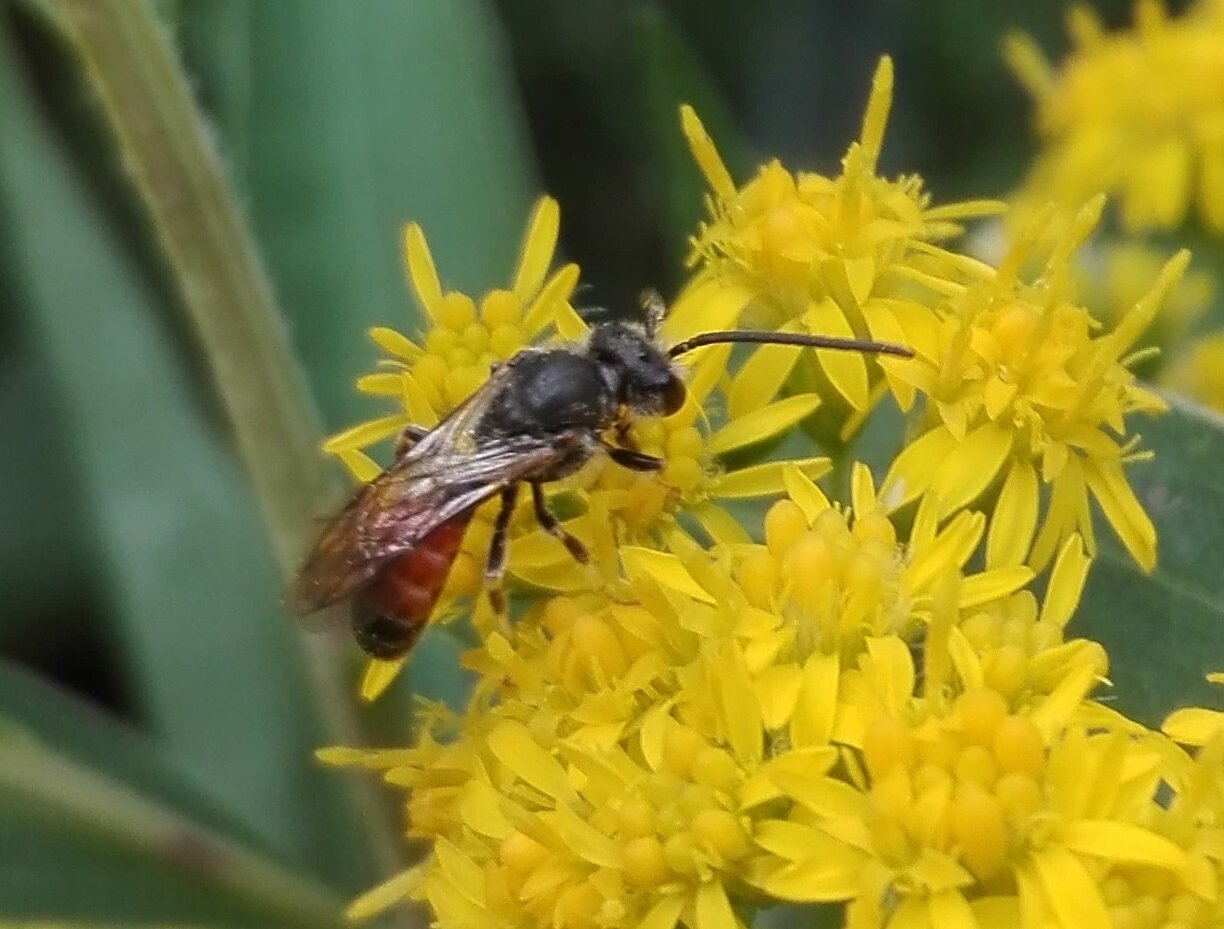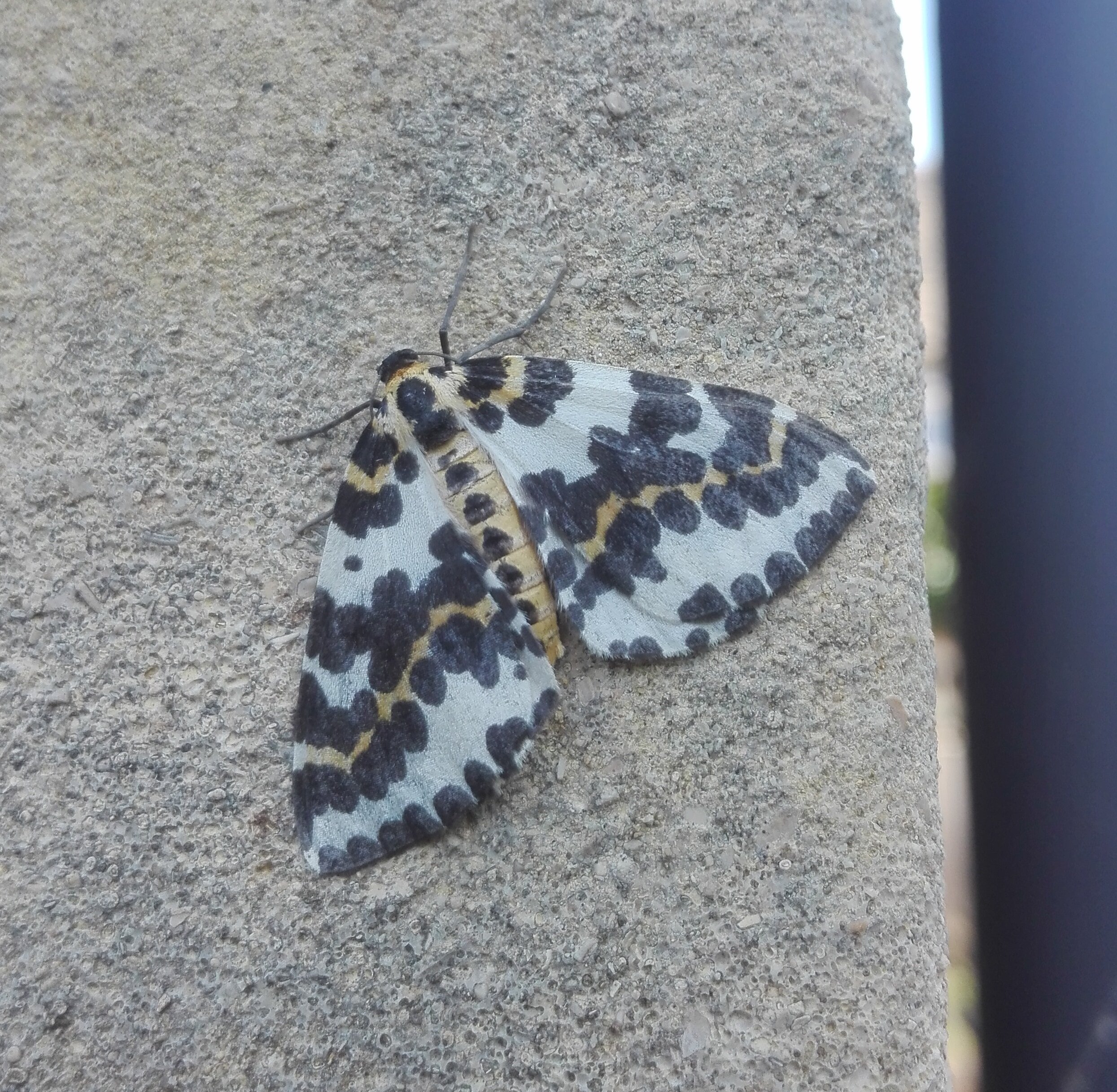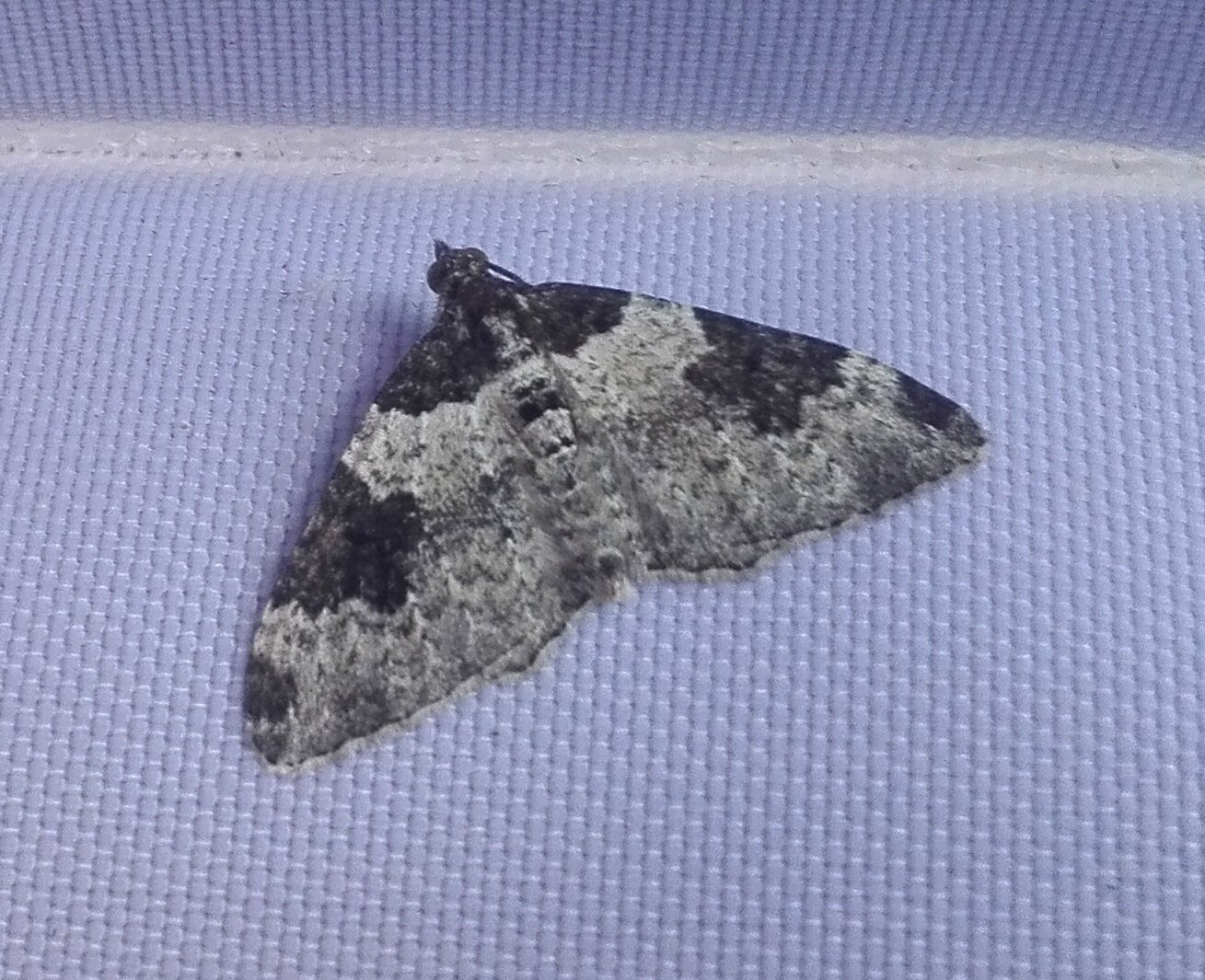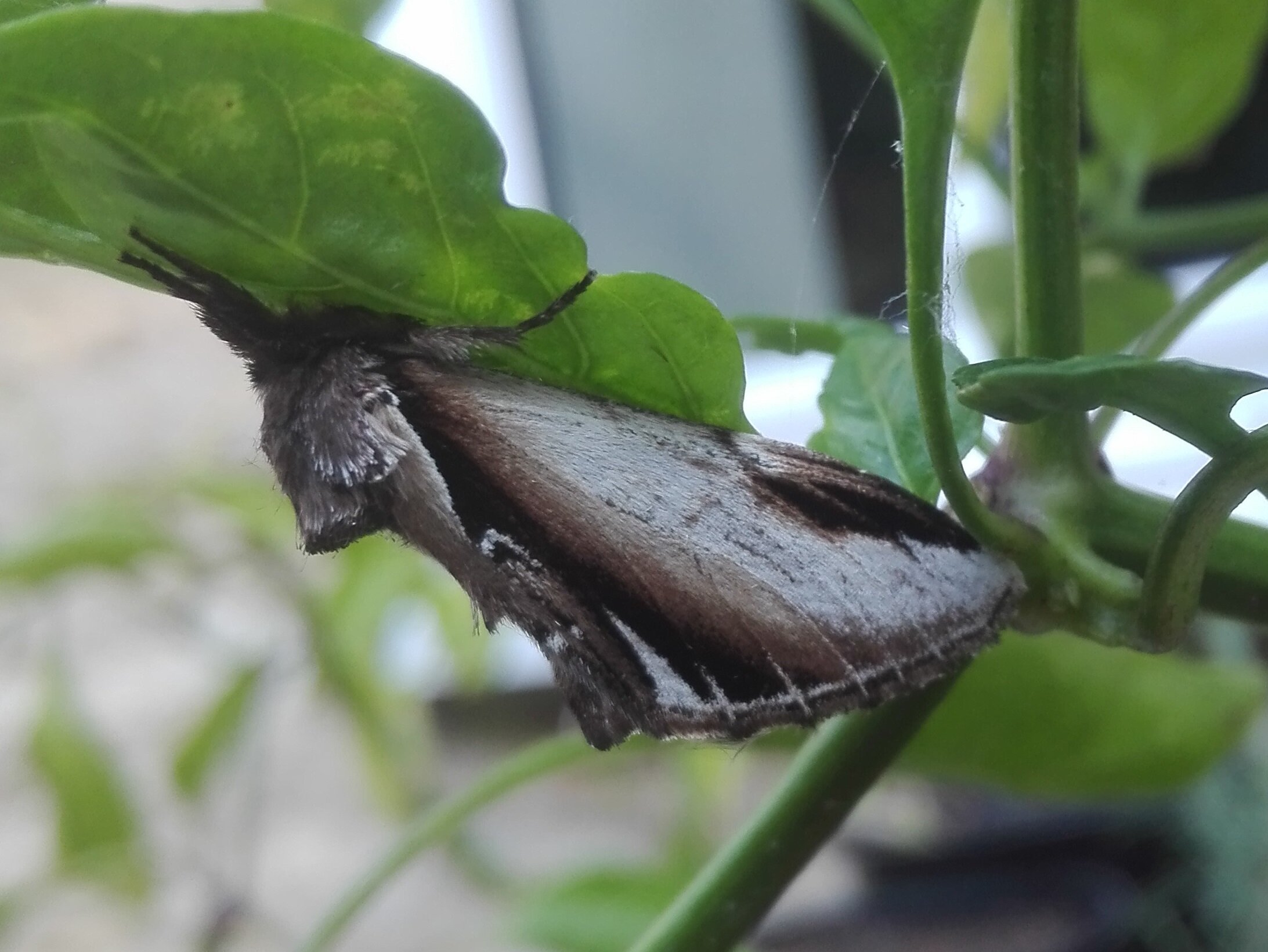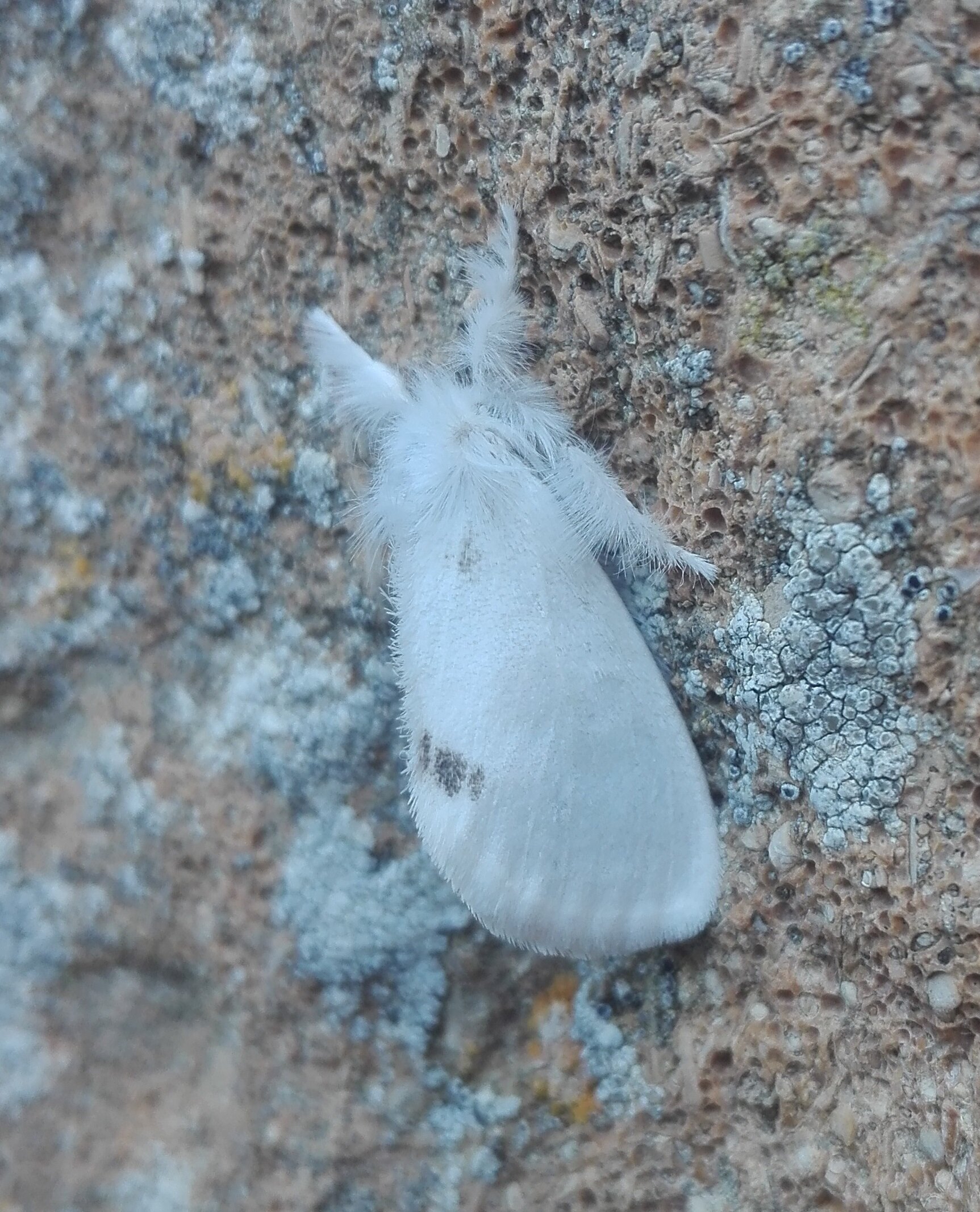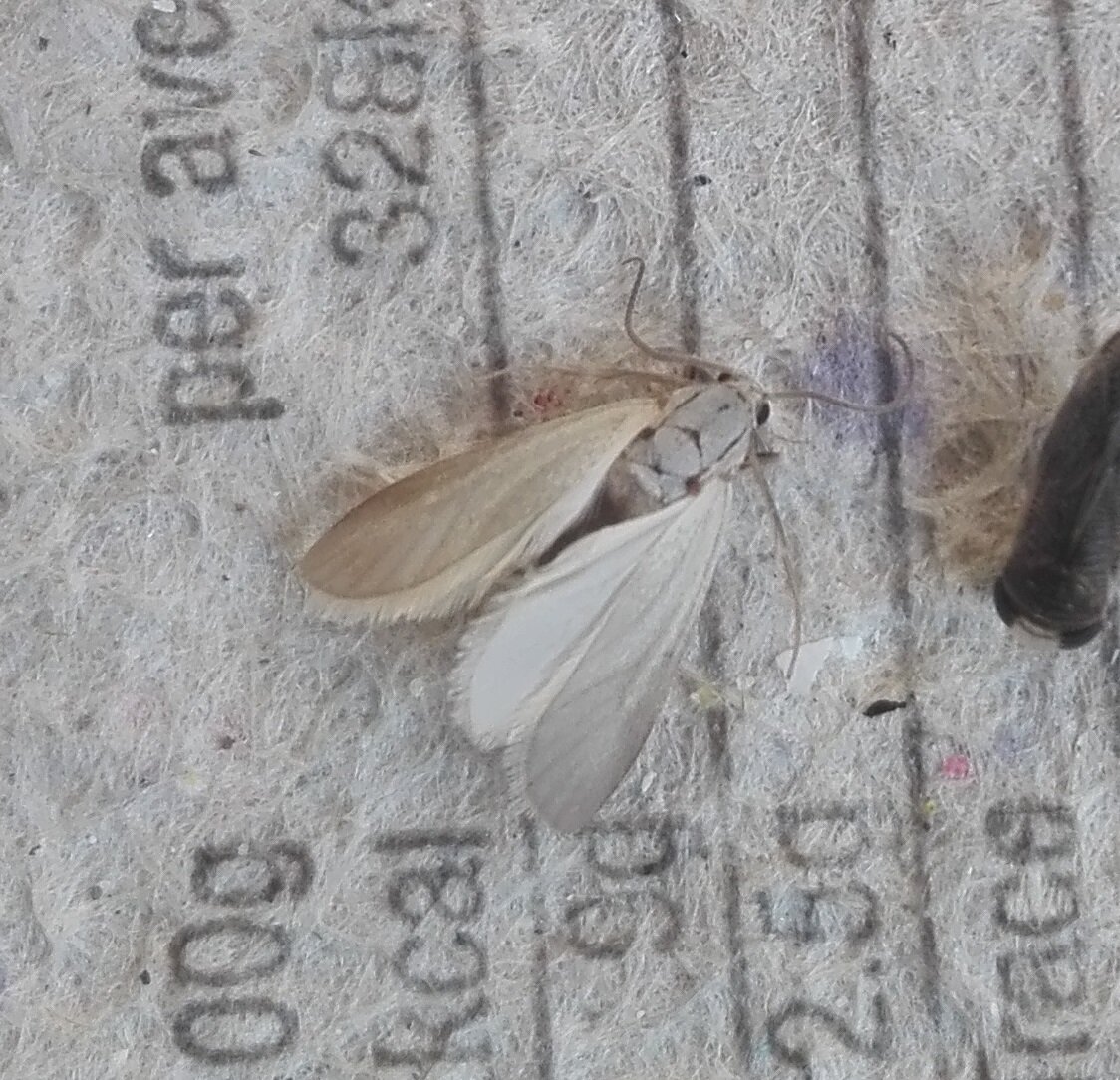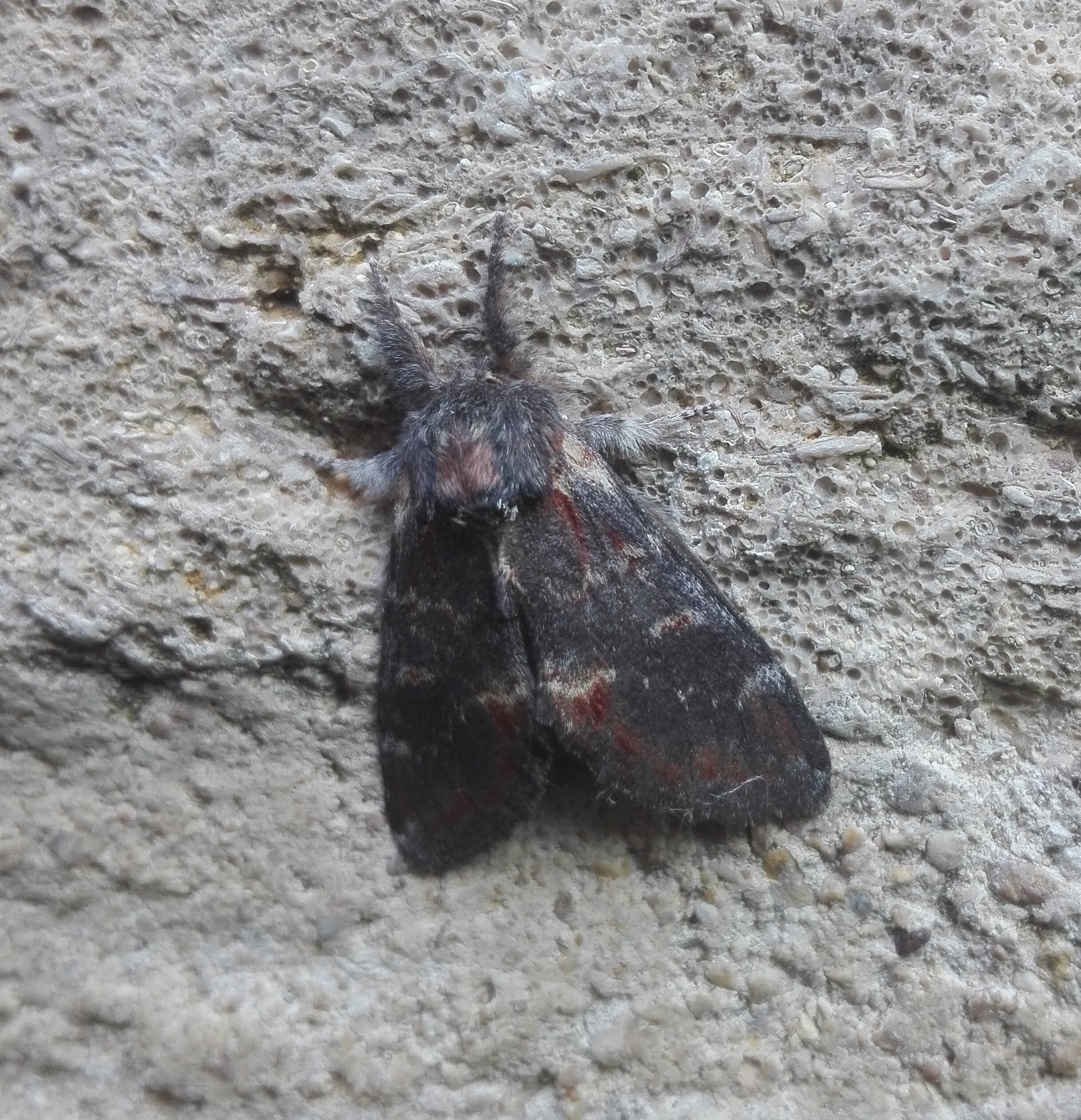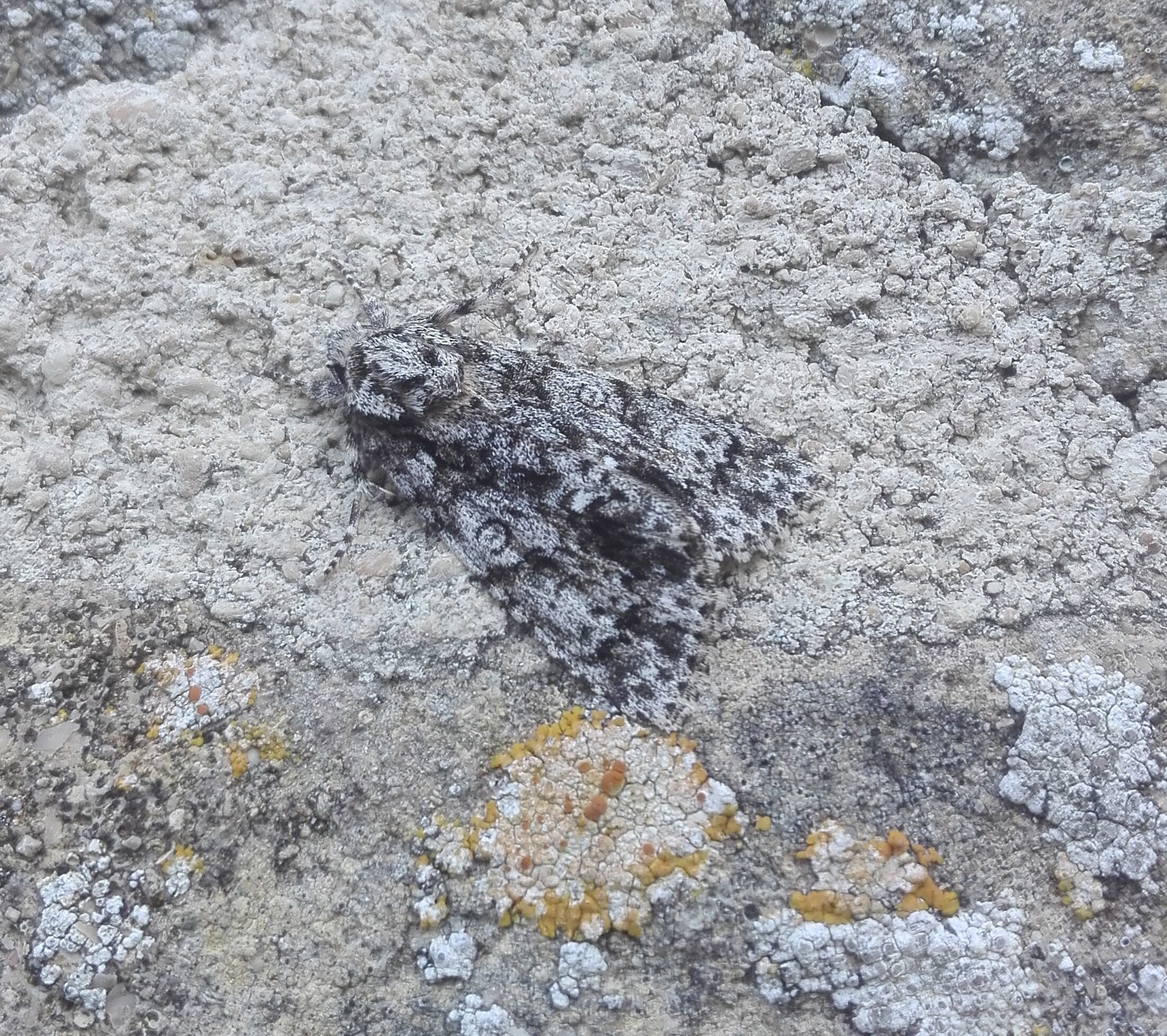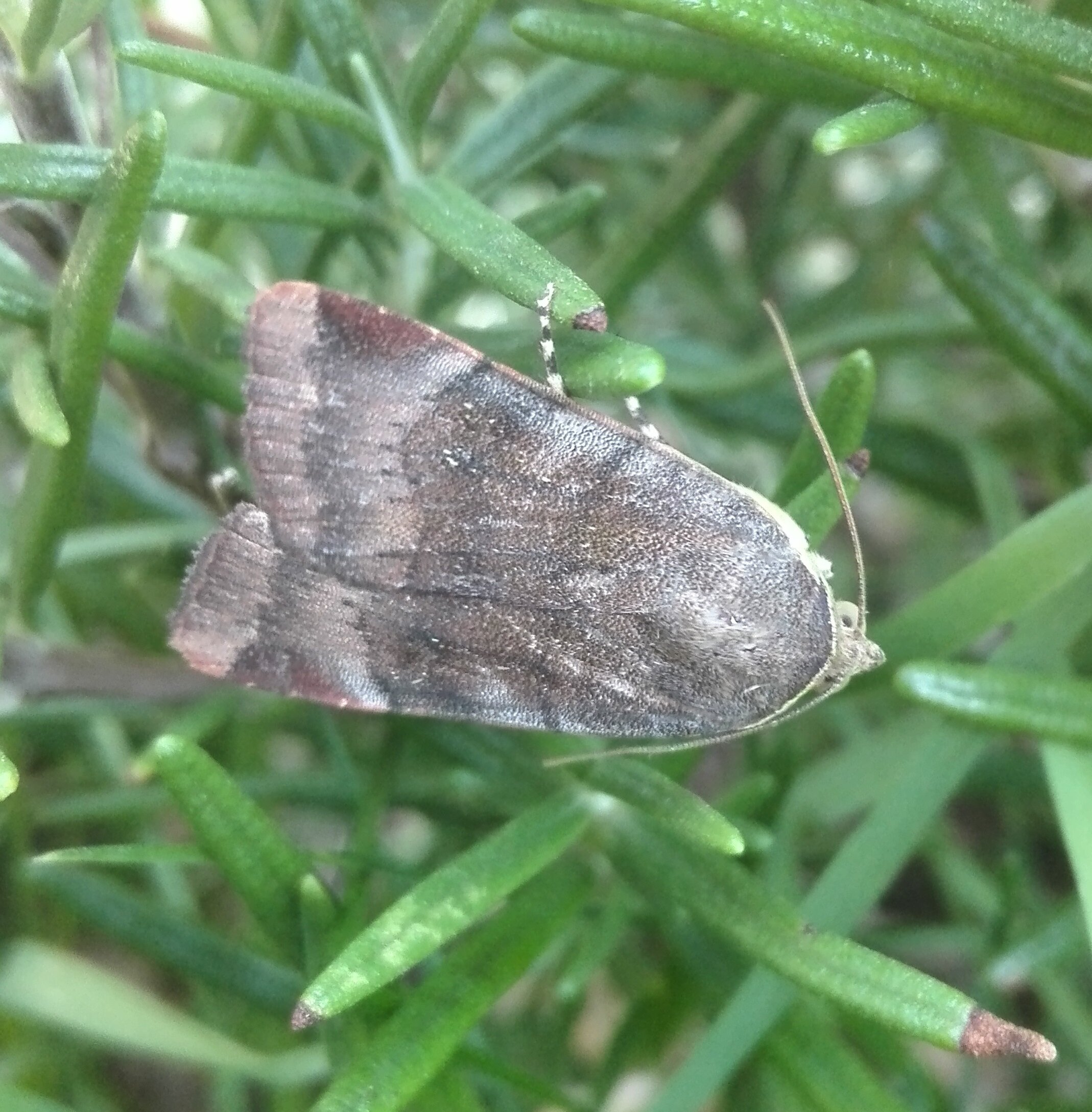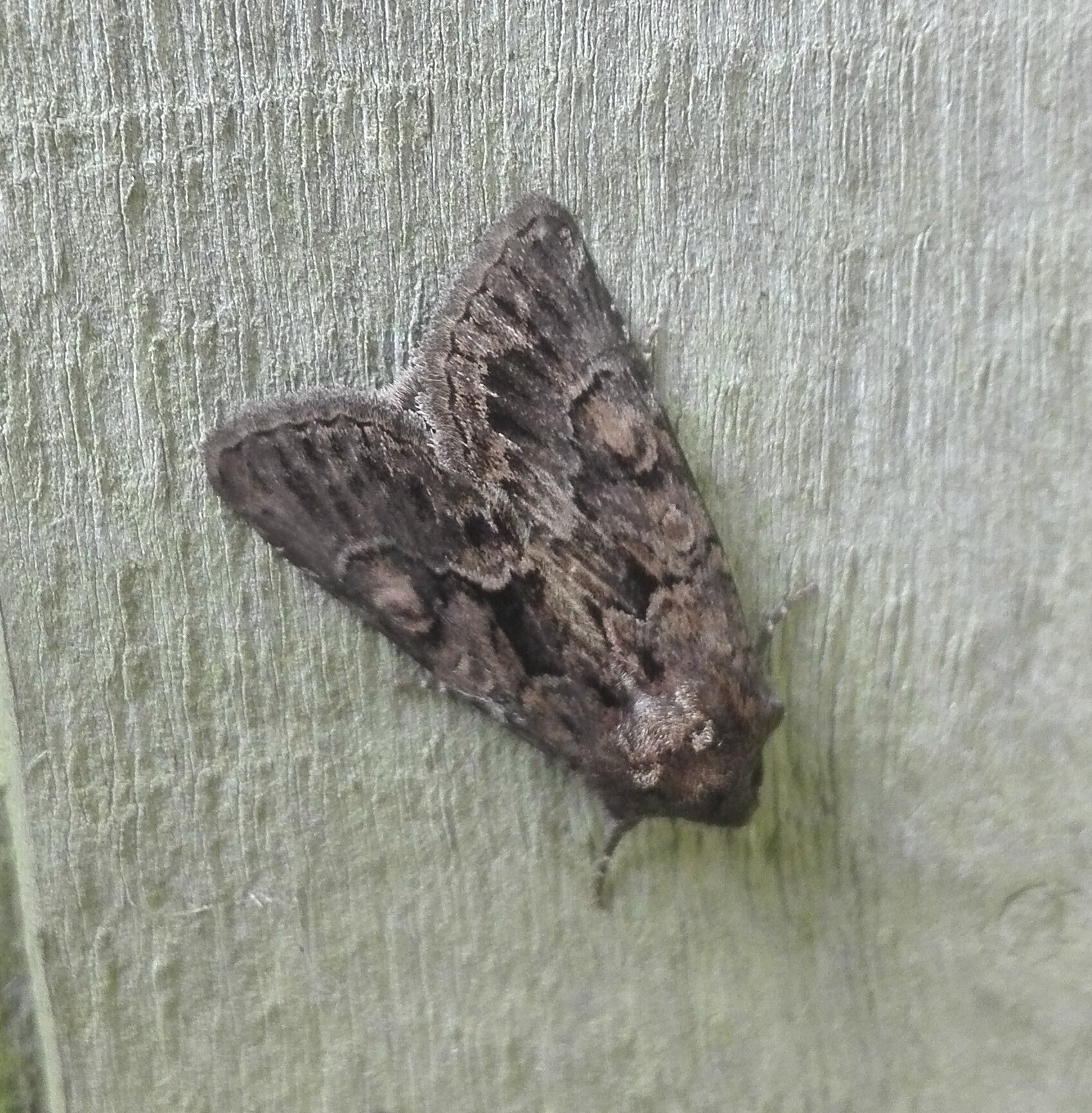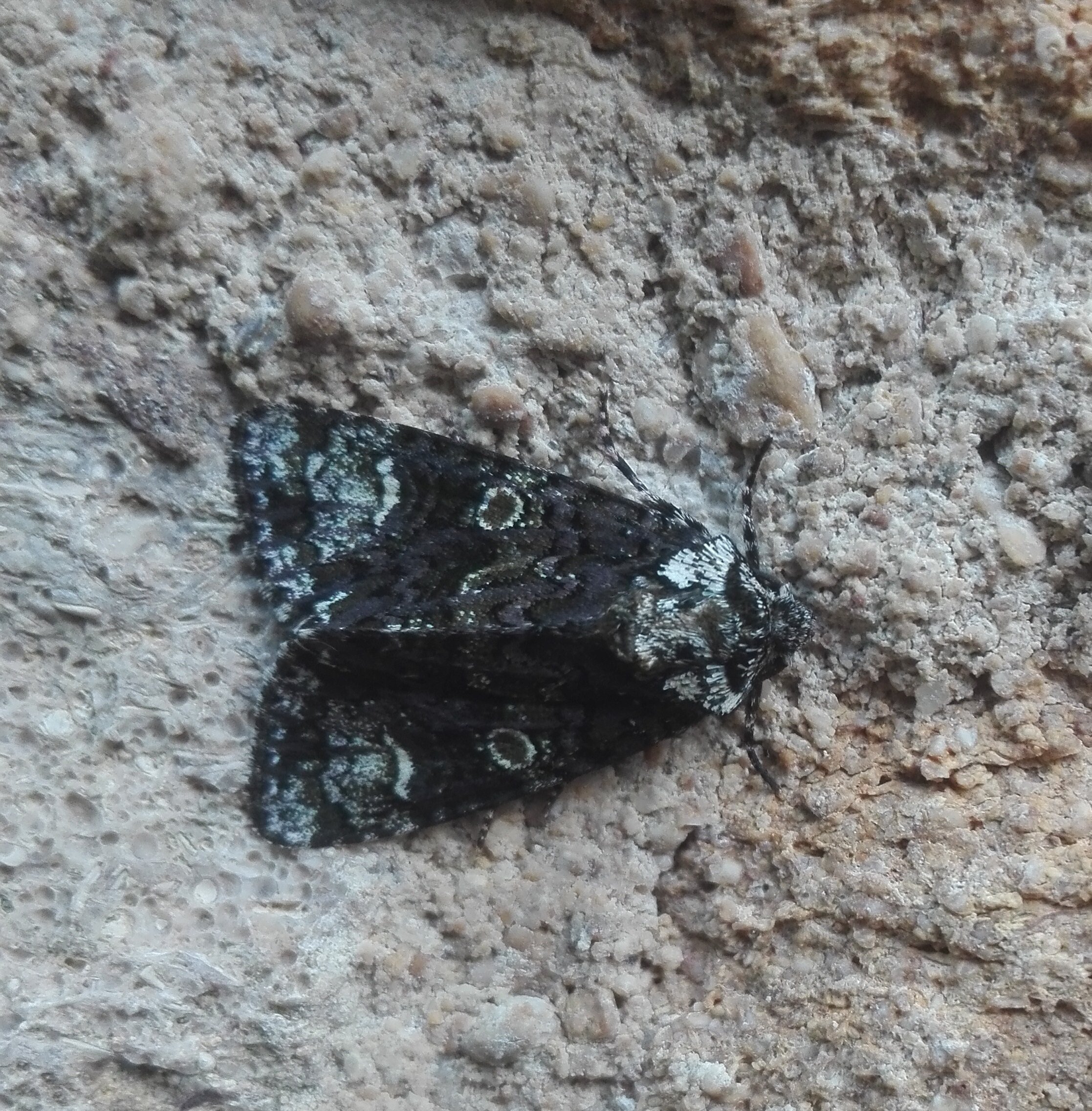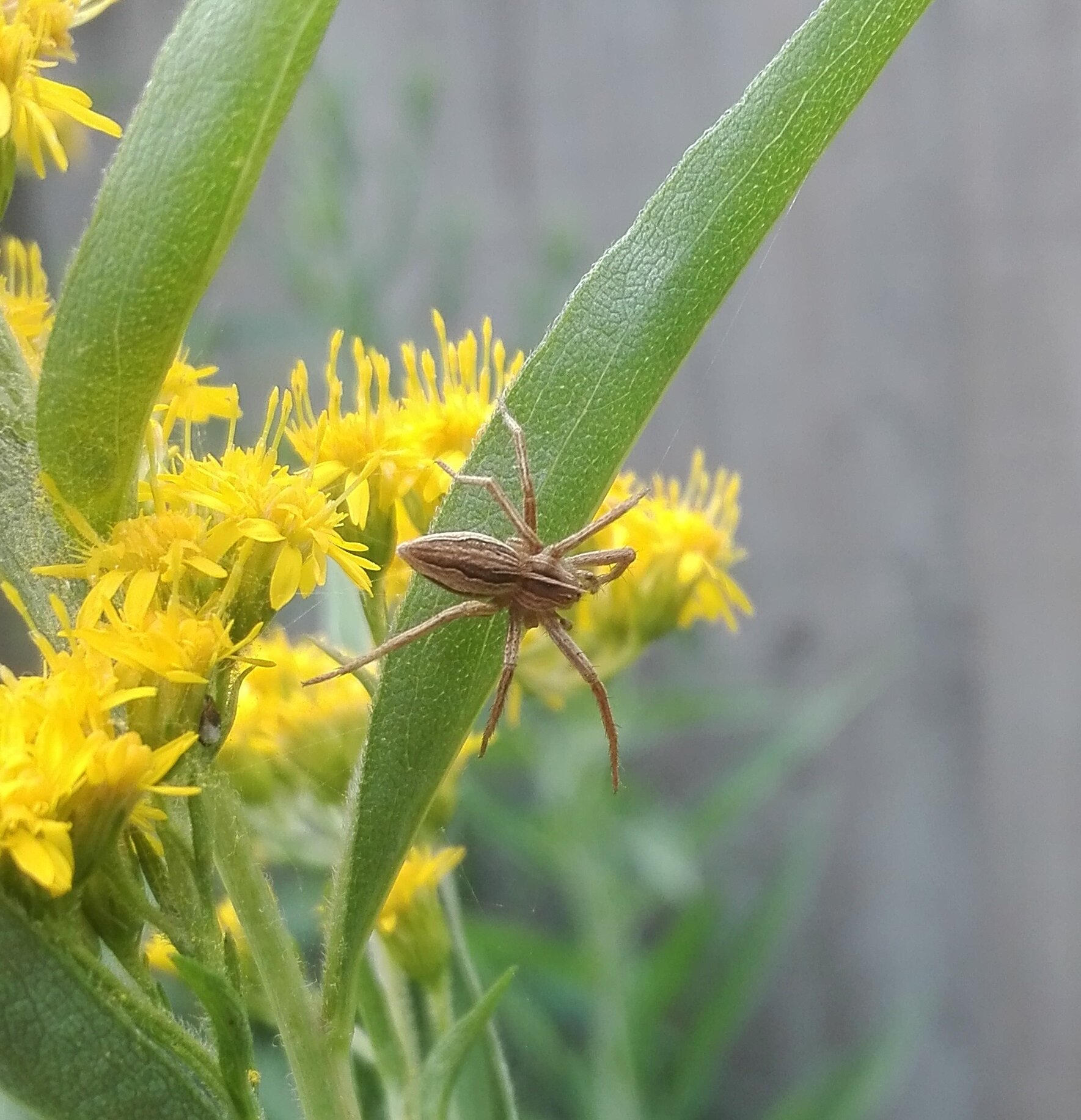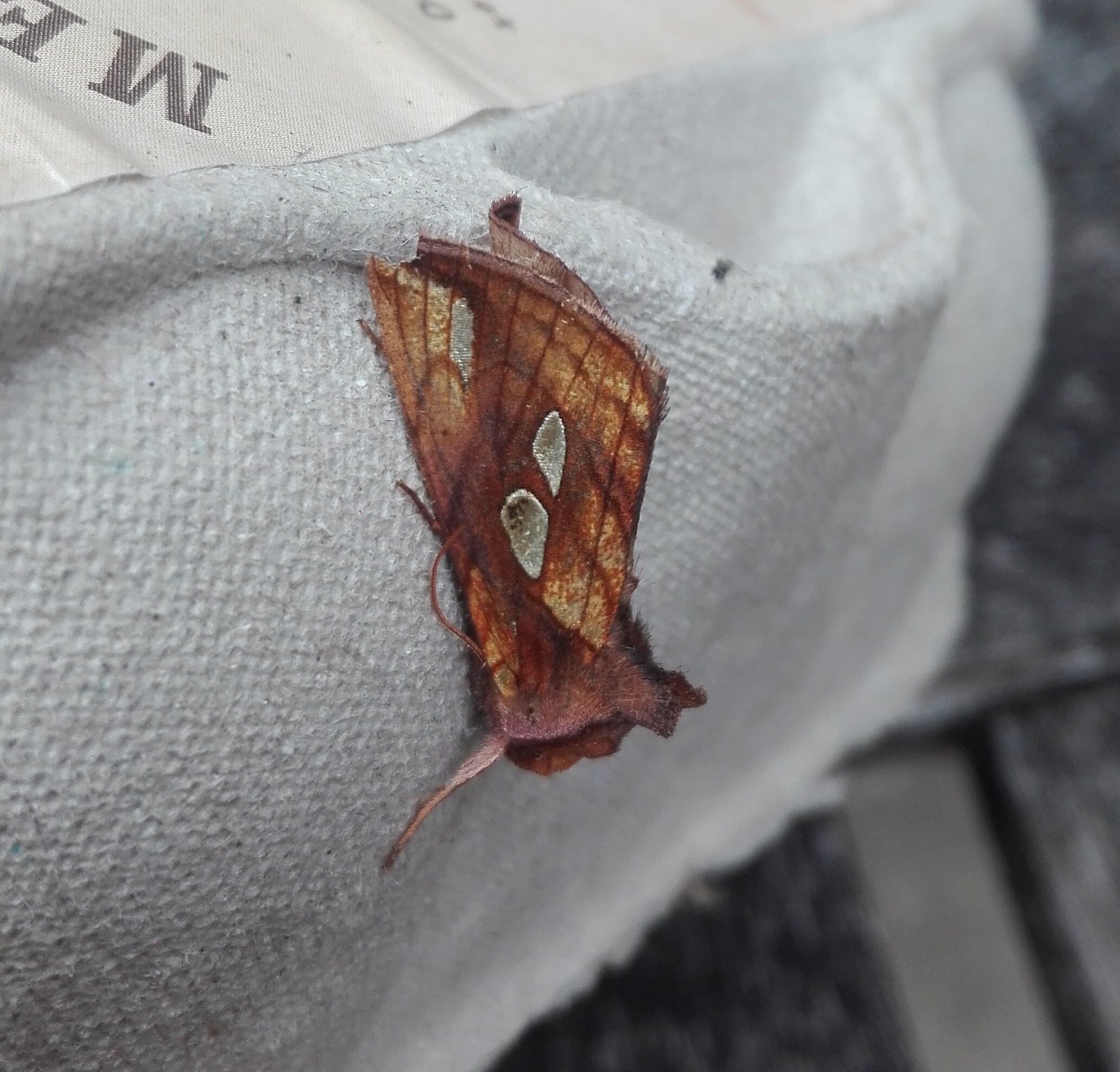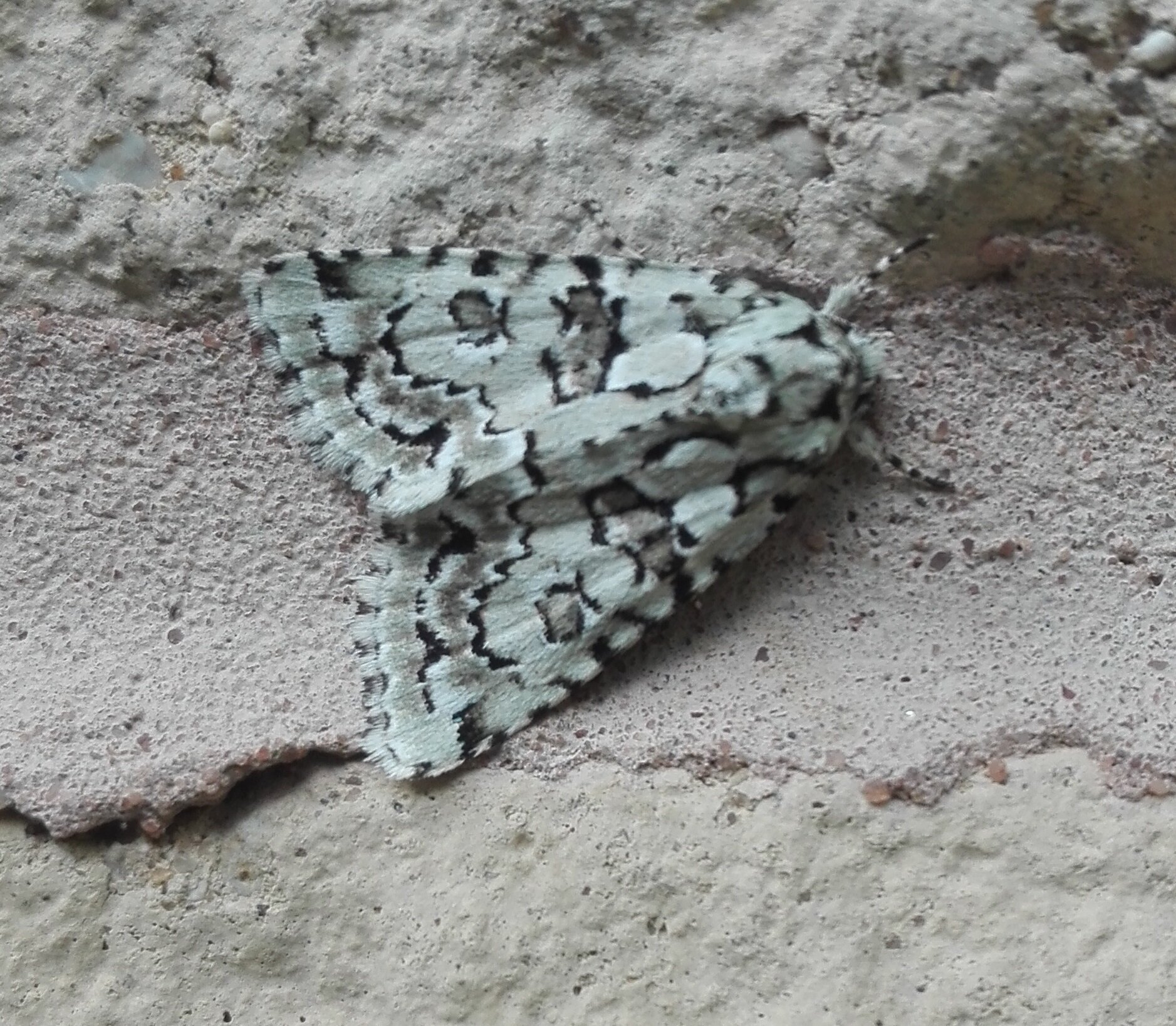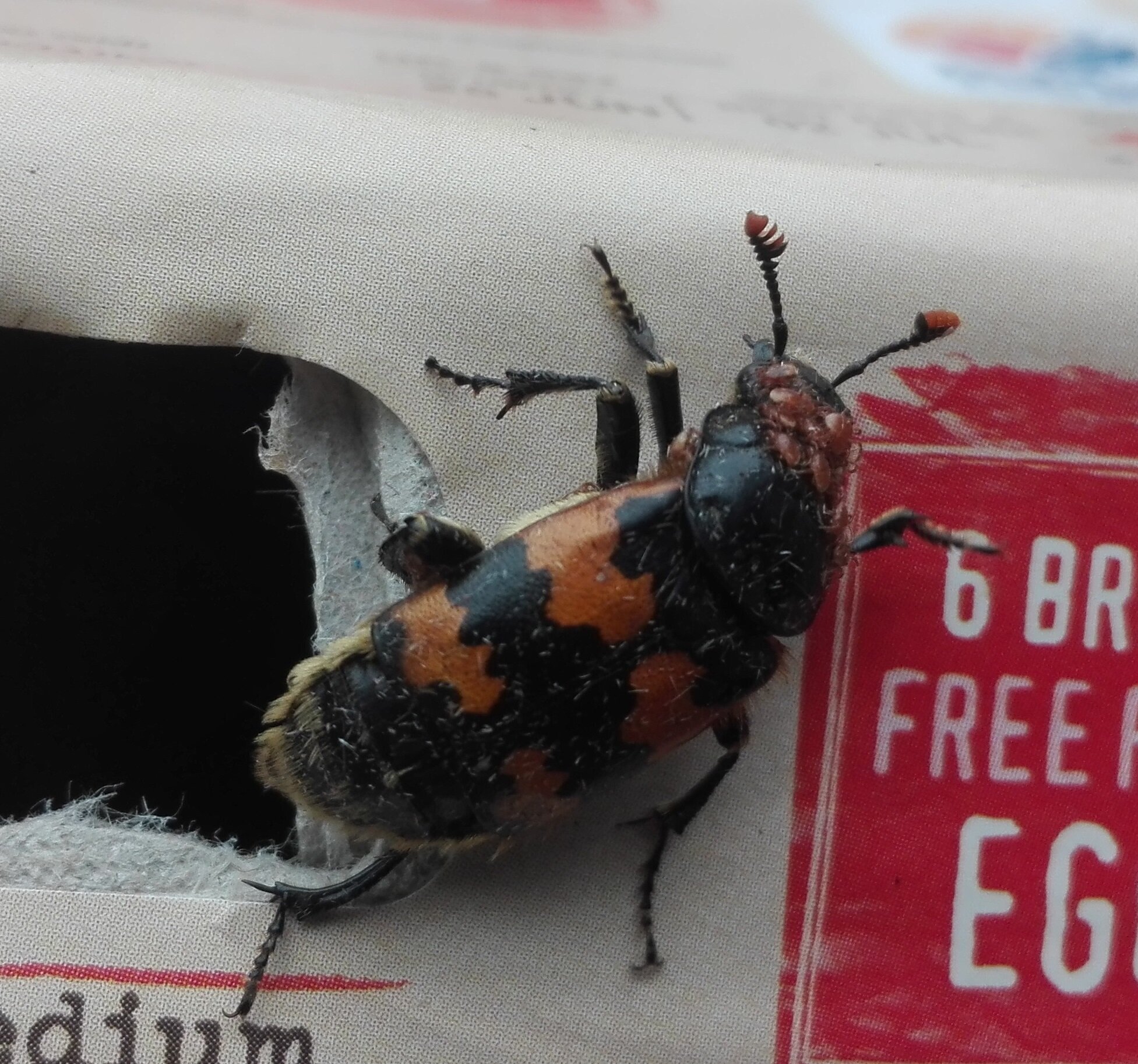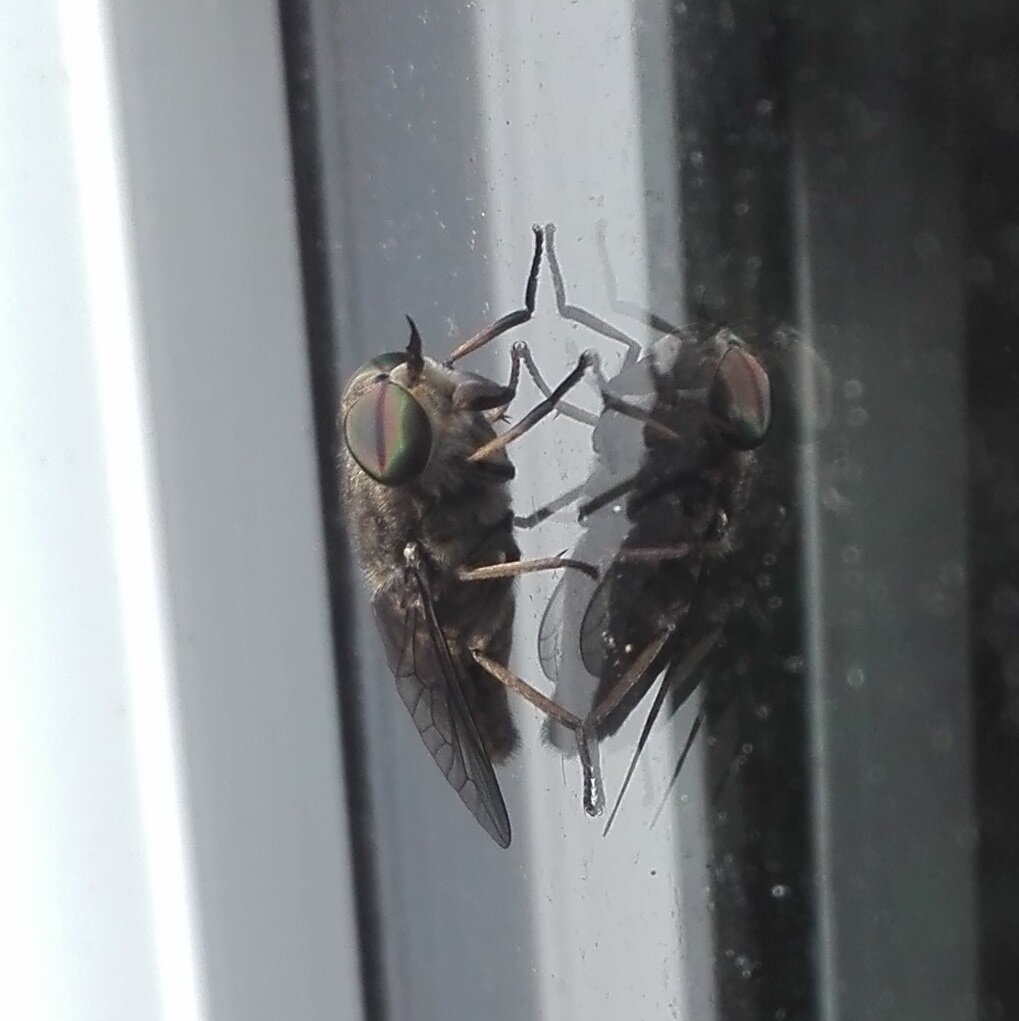Spider & Fly
/I’d never realised how bristly flies can be. This black and orange Tachina fera caught sunning itself on the wall has some impressive bristles. This Tachanid fly is a parasitoid, it’s larvae eating moth caterpillars from the inside. I suppose the bristles are sensory organs, maybe to give some early warning if a spider is coming up close behind? The spider here is a new genus for the garden, Tetragnatha, but as quite often with spiders it’s hard to get down to an individual species as there are very similar species, which all vary considerably in colour. These are orb-weaver spiders that often stretch out lengthwise, with their long legs in front, to hide on plant stems.

